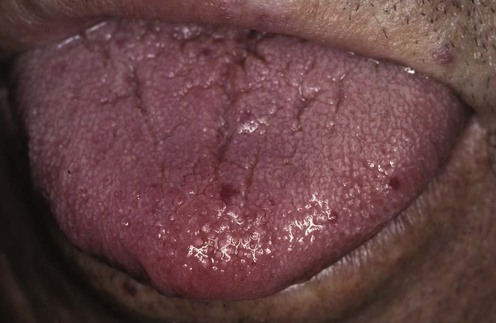| For epistaxis or gastrointestinal bleeding |
|
 Non-specific therapy: avoid aspirin, other anti-platelet drugs, and anticoagulation; transfuse packed erythrocytes for significant, acute bleeding; administer iron therapy for significant iron-deficiency anemia from chronic blood loss Non-specific therapy: avoid aspirin, other anti-platelet drugs, and anticoagulation; transfuse packed erythrocytes for significant, acute bleeding; administer iron therapy for significant iron-deficiency anemia from chronic blood loss |
A |
 Oral estrogen with progesterone Oral estrogen with progesterone |
B |
| For epistaxis |
|
 Non-specific therapy: room humidification and nasal moisteners Non-specific therapy: room humidification and nasal moisteners |
A |
 Nasal packing Nasal packing |
A |
 Septal dermoplasty Septal dermoplasty |
A |
| For gastrointestinal bleeding |
|
 Endoscopic therapy: argon plasma coagulation, thermocoagulation, electrocoagulation, or photocoagulation Endoscopic therapy: argon plasma coagulation, thermocoagulation, electrocoagulation, or photocoagulation |
B |
 Angiographic embolization Angiographic embolization |
B |
 Segmental bowel resection Segmental bowel resection |
A |
| For cutaneous lesions |
|
 Cosmetic therapy: laser or other focal ablation techniques for cutaneous lesions Cosmetic therapy: laser or other focal ablation techniques for cutaneous lesions |
A |


